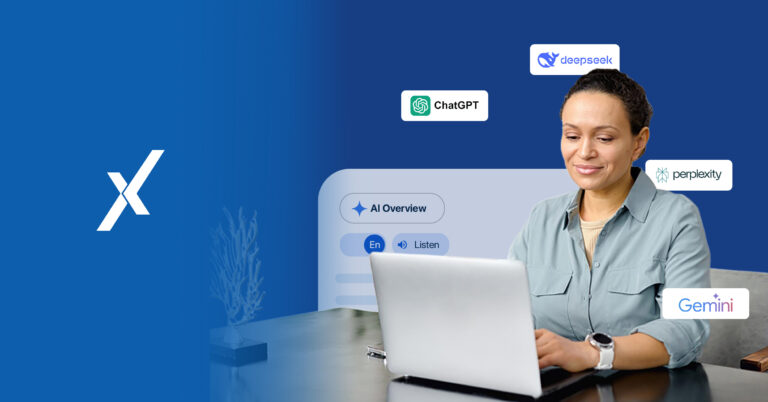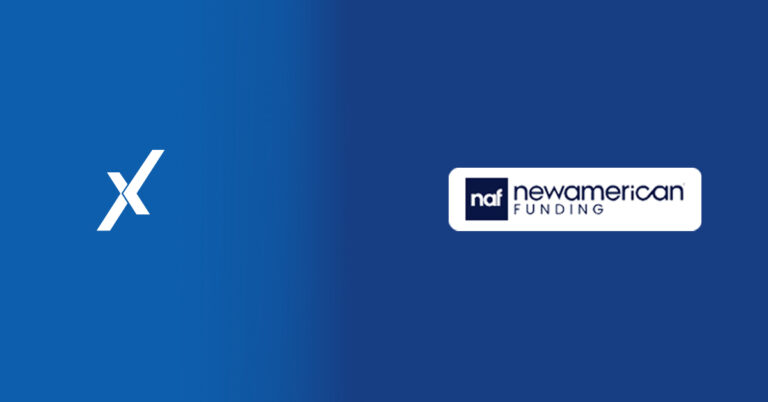We all know that the Claims Experience is what insurance consumers are actually paying for. When something bad happens, they expect the Claims team to be there and help them through the tough times.
Contrary to the billion dollar messaging to consumers that price is the differentiator, those within the insurance space know that the Claims experience and service is what separates one insurance carrier from another.
So if we go in knowing this, we obviously need to hear from our customers about their experience. About the Claims processes and about their adjuster.
It’s been my experience that insurance companies and their Claims departments for the most part are looking for feedback.
When are they asking for Claims Experience feedback?
Claims departments usually request feedback after the Claim has been closed. And they’re usually sending a long form survey asking about every step of the process.
These could be 10, 15, 20, or even more questions. They ask about the first notice of loss (FNOL), the inspection process, the settlement process. How’d the FNOL rep do? Was the field adjuster professional and courteous? Did the in-house adjuster communicate in a timely manner? Are you likely to renew? Would you recommend us? Etc., etc., etc.
So, should we really be surprised if we see response rates of 5 and 10% for those surveys?
This begs the question, if we’re missing out on feedback from 90-95% of customers, do we really know how our customers feel?
Before we continue down the “How” path, let’s get back to the “When”.
Is waiting until the end of a Claim the right time?
Waiting until the end of a Claim to ask for feedback may be sufficient if we’re only asking for feedback once. But a Claim can go on for weeks, months, even years. There will be ups and downs throughout the life of the Claim.
If there’s a down moment during the FNOL or shortly thereafter, we may never get a chance to right that wrong. And that interaction may control the rest of that customer’s experience.
So, should we ask for feedback at the FNOL? Sure. That’s the time when the customer is first learning about what their policy is all about and what to expect throughout the Claims process. That’s a meaningful interaction that could lead the customer down the path of a great experience. Or perhaps something less than great.
Well what about when the inspection of the property is taking place? And it doesn’t matter if it’s your field adjusting team or an independent adjuster. This is an interaction where the customer is actually dealing with an extension of your company. We should probably know how that interaction goes too.
Now I can already tell what you’re thinking,
John, if we ask for customer feedback at the FNOL, the inspection and at the end of the Claim, my 5-10% response rate is going to drop even further!
If we ask long form surveys, yes you’re right. Survey fatigue is a very real thing.
However, by being very intentional about when and how we’re asking for feedback, we can avoid the fatigue and end up with even better response rates. This is exactly why we have seen our clients with response rates at 40, 50 and as high as 60%.
Let’s look to our good friends over at Uber.
There may have been a time when you’ve taken three or four rides in one day – I know I have. At the end of each ride we get that notification asking for us to give a star rating. Have you ever not responded? I know I haven’t.
Although I had four interactions and they asked me about each one, I didn’t feel survey fatigue.
Why? Because they got me right at the end of the interaction. They made it simple, short and sweet. There was little to no friction so I didn’t have a problem responding.
This can be done with insurance Claims as well.
At the close of an FNOL, couldn’t we ask:
- Did Sally answer all of your questions about your Claim? Yes/No
- Do you understand the Claims process better now that Sally explained it? Yes/No
- Any comments you’d like to provide about the service Sally provided?
First, we did it in a timely manner right after the interaction so it’s fresh in the customer’s mind. Second, we made it quick and extremely easy. Do you think we’d see response rates greater than 5%-10%? Ya, me too.
In addition, we will gain so much valuable information about this customer’s experience with just a few short questions. If ever the answer is “no” to these questions, this can be escalated so that it can be addressed in a timely manner. We’ll learn if there are hiccups in this specific process. And we may even see trends between individual reps or teams. More notably, we’ll learn how Sally is doing.
Feedback on the Individual Level
Should we be recognizing and rewarding Sally because of the great experience that she continually provides her customers? Should we be coaching Sally up because she struggles from time to time?
These two actions alone will improve your customer experience because it will start to impact not only Sally’s behavior, but her teammates’ as well. When people are recognized and rewarded for their specific actions, they’re more likely to replicate those actions. Conversely, if Sally knows her boss is going to have to schedule additional coaching sessions, it builds in accountability.
So by asking a few short questions at the close of the FNOL, we’re improving upon the way our teams are providing an experience at that point in time.
But as we agreed earlier, FNOL isn’t the only meaningful interaction our customers will have with our teams or processes.
FNOL, inspection and Claim resolution might be a good start, but this should be tailored specifically to you and your customers. You’ll have to see which interactions are most impactful to your customer and build from there.
I like to think of it as looking for the right feedback, about the right people, at the right time.
So here’s the rub
There is no one exact answer to say when it’s best to ask customers about their Claims experience.
We need to first look at our processes and workflows. Determine when our employees are interacting with our customers. From there, understanding which interactions have the biggest impact on the customer experience. At that point we will know when to ask.







